Day 3: Education and Art at the Community Level, or “You have to have culture to be free” (José Martí)
We began our Sunday morning with a visit to the Casa del Niño y la Niña (House of the Boy and Girl), where we met Maria del Carmen and Rosa Sardiña, the women who run this community-based inner-city project that offers painting, music, dance, foreign languages, computer labs, and other skill development workshops to students after their regular school day. They also support learning for teens and adults. The project in the Cayo Hueso (Key West) neighborhood began some ten years ago with the initiative of concerned community members who felt strongly that their barrio needed a place for kids to play other than on the street. (Yet another grass roots enterprise that we are coming to understand as integral to Cuban life). The local neighborhood group of Cayo Hueso (like the one we met Saturday night, they are referred to as “Committees for the Defense of the Revolution” or CDRs) approached the government about their idea and they were given the space of a former corner grocery and converted it into a little community center. The sparse and homemade toys on the shelves initially seemed sad to me, but throughout the presentation, it became clear to me that these folks give something far beyond the newest learning toy or game to stimulate them and “keep them busy” (as we might say)–they give their attention, love, and full respect.
The idea of respecting the child and following his/her interests, needs, and ideas is key principle of UNICEF’s work. Once UNICEF got wind of the project, they came to provide lots of support and develop strong bonds with the local volunteers who work there. These folks bring their skills, time, energy, and love for children – above and beyond their jobs elsewhere to the project (open every day of the week, morning till night). We met Javier (artist), Julio (historian and transportation guy – see photo of his motorbike), Rolando (cultural promoter) and two young boys of about 15 known as “Nuevo Talento” who performed their national award-winning hip hop song about children’s rights (watch clip here). They have been able to educate over 3,000 youth over the past ten years.
Our next stop was Callejòn de Hamel, an alley jam-packed with murals and a couple of simple shops that represent the Afrocuban culture in Havanna. Women were selling different herbs for healing, as well as reading Tarot cards for curious customers. Eclectic art and sculpture filled the spaces, as well as some of the more curious elements of the African “Catholic” religion Santería. We were treated to a “fashion show” and rumba music that is played every Sunday at noon to passersby free-of-charge.
Next, we went to artist José Fuster’s house in the Jaimanita neighborhood. To quote our guide Rita: “it’s a mind-blowing experience.” Fuster’s house and ceramic sculpture garden (think Parc Gaudí in Barcelona) is nestled in the midst of unassuming little one-story bungalows. We sat together with Fuster under a dome-shaped pavillon (made entirely out of his ceramic art), and feasted on rice, beans, fried tuna, carrot, pumpkin and potato salad. The food was fairly typical of what we’ve been treated to in general. It was “good” (i.e. we are not going hungry). We tried hard to think of clever questions to ask (well done Matt), and sweated a lot. Fuster, balding with gray hair, big green glasses, T-shirt, jeans and flip flops, reminded me of Picasso in some ways, and not necessarily because of the obvious presence of Picasso’s style in his work, nor due to Fuster’s reference to Picasso as his “spiritual father”, but rather due to his flirtatious banter with some members of our group (who will remain unnamed).
This artsy early afternoon was a far cry from the sobering visit to the Museum of the Revolution (former Presidential Palace), where we continued to sweat a lot and learn about Castro’s successful expulsion of the Batista government. Dr. Manuel Yepe, former ambassador and assistant to Commander Che Guevara, met us there and led us on a personal tour through the museum. Equally interesting for us was the drama taking place on the sidelines of our visit. Our tour guide, Rita, was spotted by some Canadian students touring the museum, and treated like somewhat of a celebrity. We learned that she had been in a film that the students had seen on women’s rights and sexuality education, so she was a celebrity (and indeed is heavily involved in this work in Cuba).
We finished this exhausting day with an amazing dance lesson on a rooftop, quite literally. No bar, no other patrons, no frills. This couldn’t have been better for our self-conscious little group, who, I might add, did very well learning the Rumba, Cha Cha, Cha, the Son, and Samba with the dance instructor Hester and her five-man band. I can’t write about the actions of the “Wawonko” however – a dance involving “machismo” and sensuality that emerged out of the slums of Havana, but suffice it to say that some (again unnamed, but very sweaty) members of the group did some impressive pelvic thrusts. So ended an eventful day three.
Beth

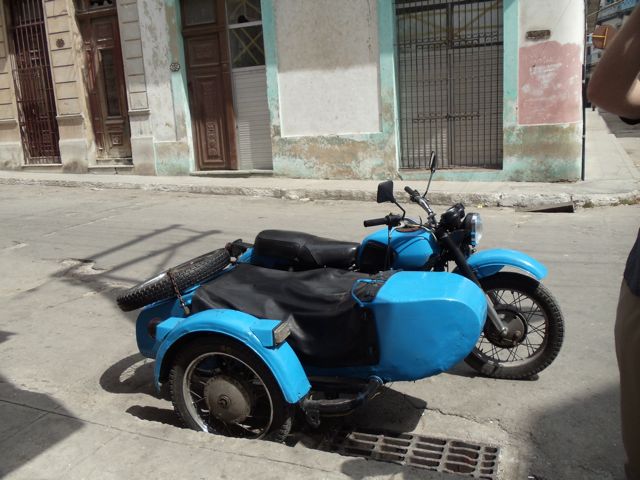
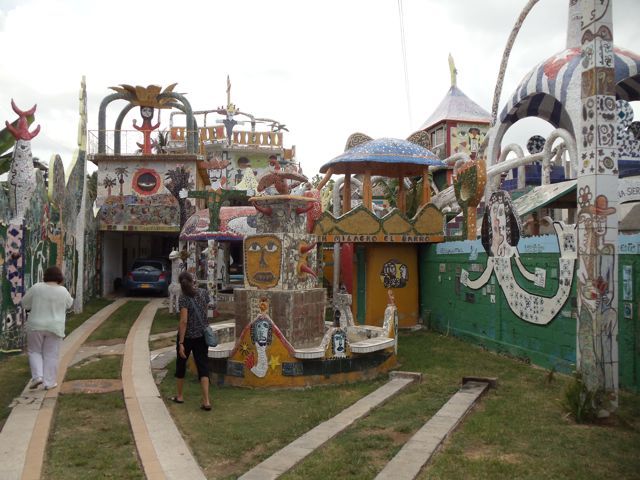

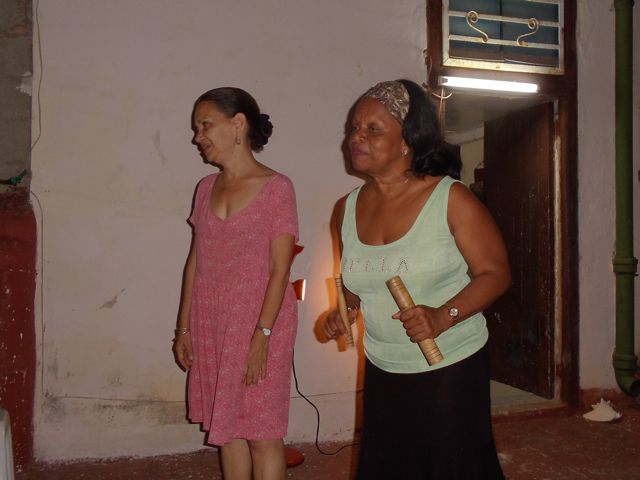





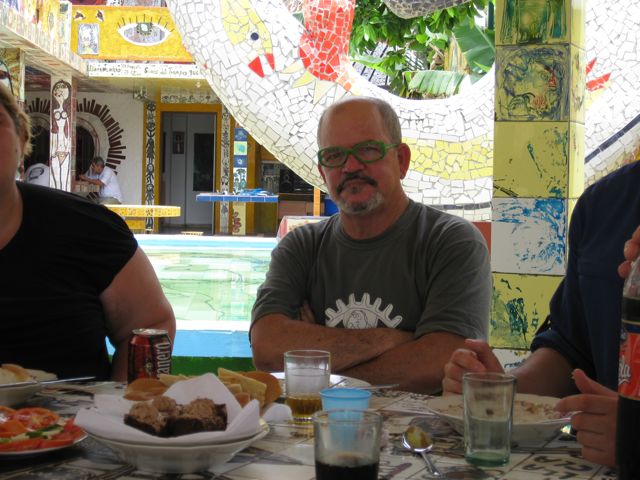

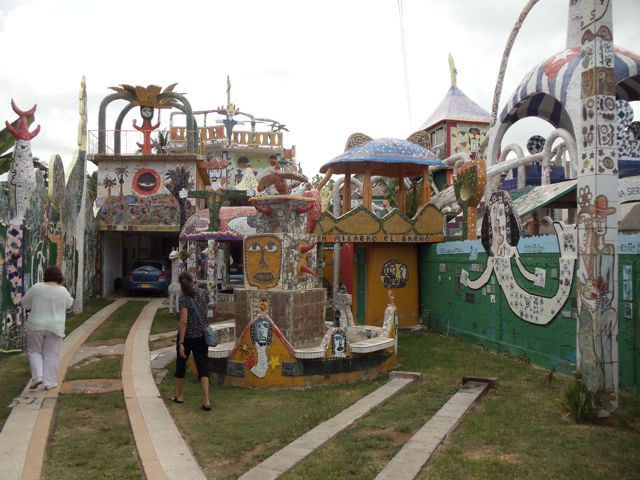
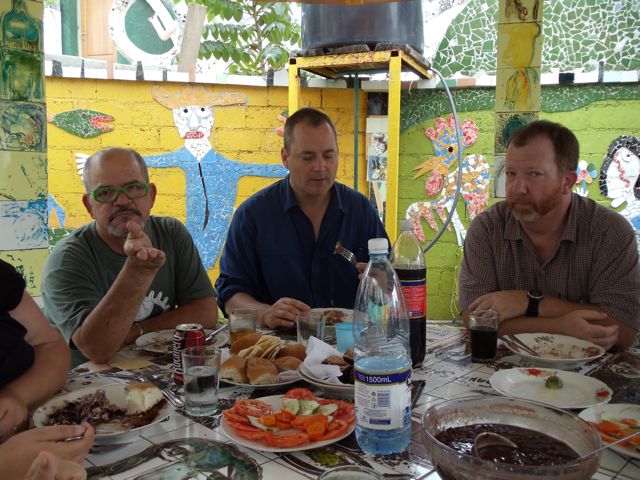

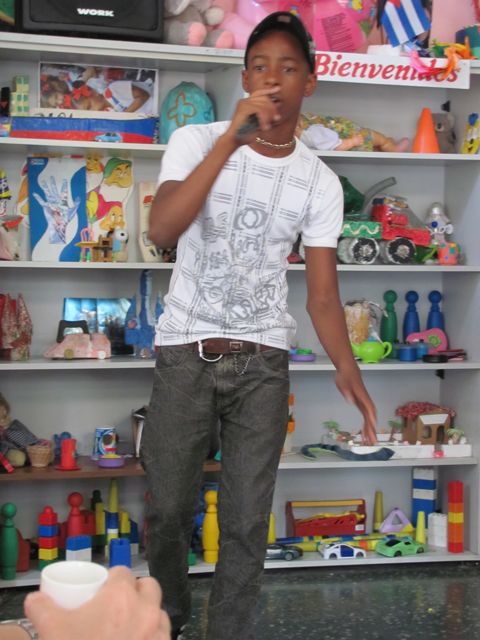
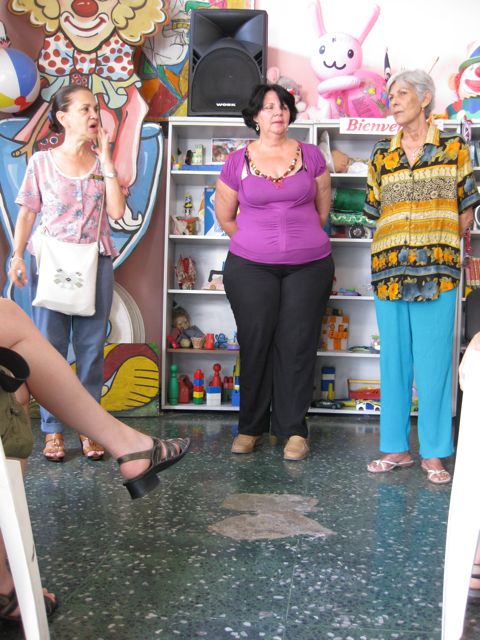

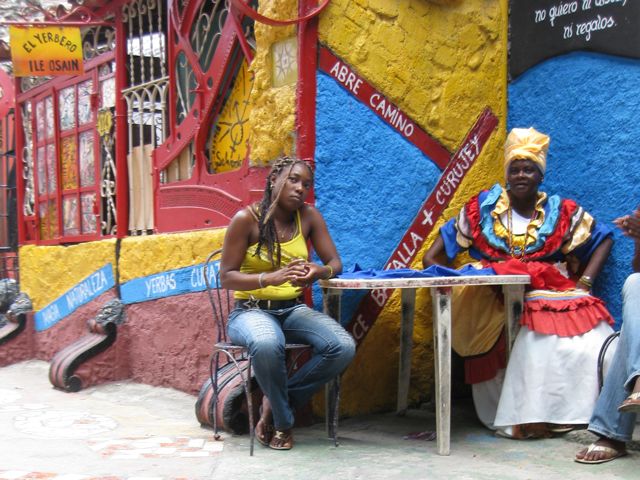
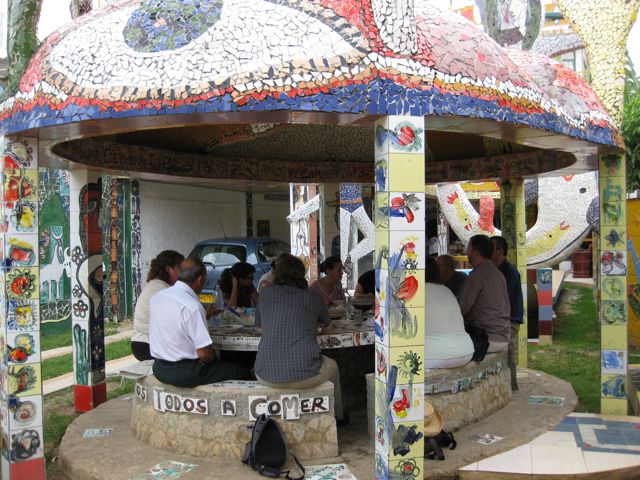
One reply on “Day 3”
envy asset management
Hales Fund 09-10 » Blog Archive » Day 3